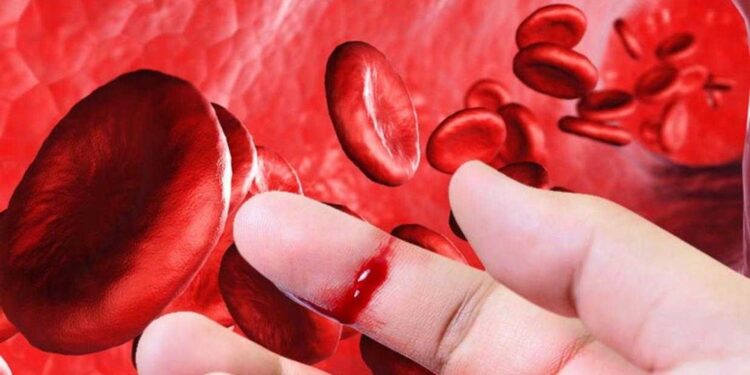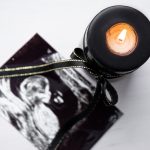
National Hemophilia Awareness Month
Every March is observed as National Hemophilia Awareness Month, also known simply as Bleeding Disorders Awareness Month. It’s a time that attempts to spread awareness about hemophilia. For those who haven’t heard of this condition, hemophilia is a disorder where blood doesn’t clot properly.
This causes excessive internal or external bleeding after an injury, and symptoms may also include joint pain, swelling, deep or large bruises, and blood in a person’s stool or urine.
It’s a condition that can greatly impact a person’s health and well-being. It’s also a condition that can be treated, but currently, there is no cure for it. This observance gives people living with this condition the opportunity to share their stories with the world.
The History of National Hemophilia Awareness Month
In 1948, the National Hemophilia Foundation (NHF) was founded by Robert and Betty Jane Henry after their son had been diagnosed with hemophilia and the only method of treatment available was for him to undergo continual blood transfusions.
Over the next couple of years, the NHF would enlist the help of numerous researchers and doctors all looking for the best way to fight hemophilia.
Now, this organization can be found in every U.S. state and has raised millions of dollars toward finding a cure and better treatments for hemophilia. In 2016, March was declared National Hemophilia Awareness Month and it has been observed during this month ever since.
Facts About Hemophilia
Below are some facts about hemophilia that we think everyone will appreciate. We uncovered the following facts as we did research for National Hemophilia Awareness Month. We hope these factoids will shine a light on hemophilia and encourage people to learn more about this blood disorder.
- The three types of hemophilia are Hemophilia A, B, & C.
- Although there’s no cure for this blood disorder, with proper medical treatment, people can live normal, productive lives.
- Hemophilia A affects 1 in 5,000 male births, while Hemophilia B affects 1 in 25,000 male births.
- Hemophilia C affects males and females equally.
- It’s been estimated that approximately 30,000 males in the U.S. have hemophilia.
Observing National Hemophilia Awareness Month
Learning more about hemophilia, spreading the word about this month by using the hashtag #HemophiliaAwarenessMonth, and donating money to organizations doing research for better hemophilia treatments are just some of the ways to observe this holiday. People can also donate blood, wear a red tie to show their support for this cause, and give support to those who may be suffering from this health condition.








